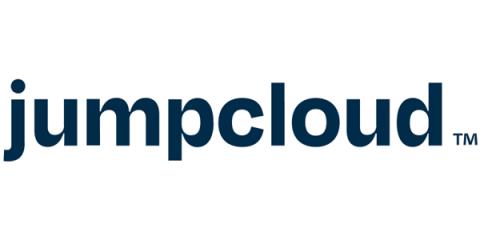Why SMEs Have 9x as Many Suppliers as Employees
Think about all the vendors your company pays for. How many do you think there are? Out of those, how many do you think it actually uses? Spendesk examined this question in over 5,000 small- to medium-sized enterprises (SMEs) in the U.K., France, Germany, and Spain. The results were surprising. The study found that the average SME has 800 suppliers. That’s nine times the average SME headcount. What’s more, SMEs are only using about a quarter of them.











